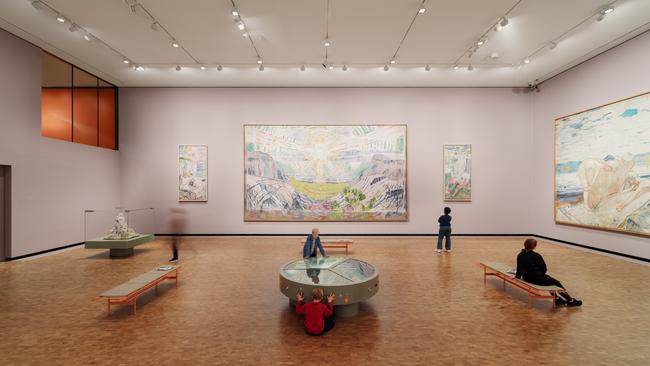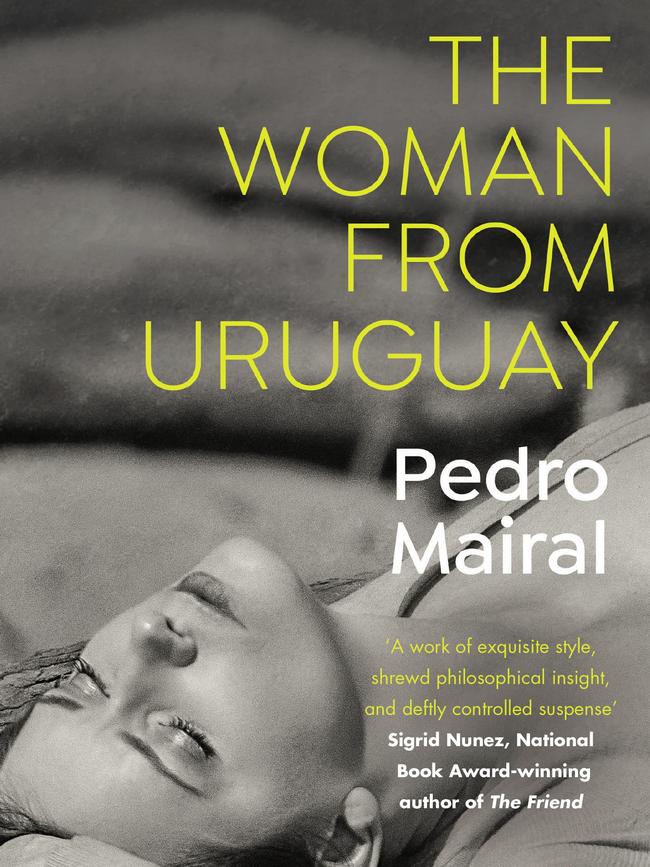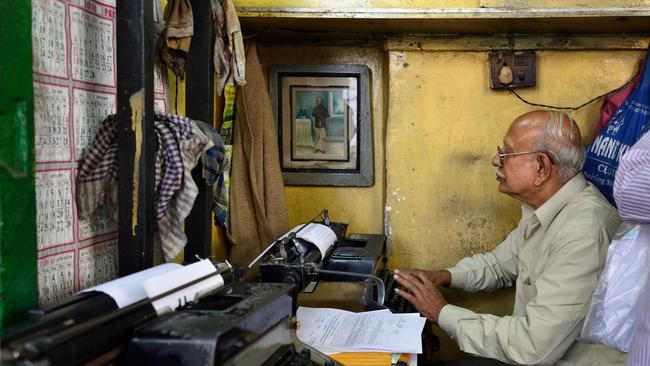Oslo’s new Munch museum opens
Have the past 18 months felt like a long, live re-inactment of famous painting The Scream?

Have the past 18 months felt like artist Edvard Munch’s most famous creation, The Scream? Exorcise the angst by looking that terrified figure in the eye at a museum dedicated to the Norwegian artist, who died in 1944. Oslo’s just-opened MUNCH museum has several versions of his iconic image, including a painting and six lithographic prints, one hand-coloured by the man himself. Other works include experimental photographic self-portraits and an 8m mural, as well as objects such as printing plates and letters. Comprising 26,700 items, it’s the world’s largest Munch collection. It also explores his ongoing influence on other artists via temporary exhibitions; first up is English star Tracey Emin (until January 2).

As one of the largest museums focused on a single artist, the 13-storey institution succeeds the much smaller Munch Museum opened in 1963. With a facade of glass and perforated aluminium, the striking contemporary structure features a tower, where upper floors lean toward the fjord on its doorstep. The top-floor restaurant offers some of the best views in town.
In June next year, the National Museum of Art, Architecture and Design’s new home opens in Oslo. Spanning antiquity to contemporary creations, its 400,000-strong collection includes medieval tapestries, paintings by Van Gogh and Monet, and more works by Munch, including another version of The Scream. Some areas of what’s destined to be the Nordic region’s biggest museum can already be seen on free preview tours.
MUNCH is open daily; adult entry 160 krone ($25).
PATRICIA MAUNDER
Book club
THE WOMAN FROM URUGUAY
Pedro Mairal
Can one day transform your life? Could a chance encounter steal your soul? Argentinian author Pedro Mairal presents an account of secrecy and desire in this meditative and melancholy new novella. The narrator is Lucas Pereyra, a struggling mid-life writer in Buenos Aires who, with a “Judas kiss” goodbye to his wife, Catalina, crosses the Argentina border into Montevideo, Uruguay, to collect a huge cash advance of US dollars from his publishers, circumventing stiff taxes and a poor exchange rate on his home side. The money, he believes, will give him freedom to write and be less dependent on Catalina, the family breadwinner.

But across the border, too, lie sex, desire and betrayal. Lucas is entangled, at least in his mind, with Guerra, a much younger woman he originally met at a literary event, and had very nearly seduced. Ever since, just the idea of her has fuelled an irrational desire; sex with Guerra will “reset” his life. Ominously, her name translates to “war”. He books an expensive hotel room in Montevideo in anticipation of the conquest. She arrives late for their lunch appointment at a cafe, dragging a muzzled pit bull terrier belonging to her boyfriend (perhaps an ex; perhaps not), about whom she talks constantly. That afternoon, she leads Lucas into getting a tattoo, smoking pot and drinking wildly. He trusts her blindly. She makes a fool of him. Instead of hotel sex, Lucas is caught in a humiliating incident. It’s a picaresque adventure as laughable as it is embarrassing.
The nuanced narrative assumes the style of a frank letter to Catalina, from whom Lucas has now separated. He owned up to past dalliances and she revealed her affair with a woman (Lucas was not expecting that). So the Pereyras have parted and share custody of their son in a companionable situation. If he felt lost within his marriage, there is little to suggest Lucas has found his identity now that he is “free” but it’s a relatable tale of a flawed, vain, misguided but ultimately penitent man.
Whether Mairal intended it, Buenos Aires is portrayed as a savage and difficult city, on its knees in debt and government corruption. Montevideo appears languid, somehow feminine and full of promise, but as illusory for Lucas as a future with the flighty Guerra.
SUSAN KUROSAWA

Snap decisions
A feature by Trent Dalton in The Weekend Australian Magazine (October 16-17) on writing (Olivetti typewriting on a street corner, to be exact) and collecting stories from passers-by got me thinking about India’s dying breed of professional letter writers.
Many, many years ago on a long sojourn in Udaipur, I befriended a gentleman named Vinod, an ex-school teacher who described his retirement role as “scribe”. He had a permanent position on the pavement near the central post office on Chetak Circle. Each morning he set up two folding chairs and a little table on which would sit a trusty Remington with a carriage that roared like a runaway train when he returned it to the margin. His flying fingers were stained blue-black from carbon paper as he always kept a copy of each customer’s letter. There were no fix-up helpers such as Liquid Paper drops. He addressed envelopes, too, and I noticed he supplied stamps to his poorest clients or waived his fee, which was no more than a few rupees.
He was at the service of anyone, illiterate or not, who needed a letter written in English. There was always a queue. He could compose love correspondence to make the heart flutter, stern missives to government officials and education authorities or to any dawdler or debtor who needed a rocket up their posterior.
He penned letters home for workers separated from their families and, because his customers couldn’t read his typed script, he made fanciful embellishments about how much they missed their grandmothers’ cooking and how not even a drop of the local Udaipur hooch had passed their lips. The letters’ sign-off was always either: “Love you long time!” or “Missing you!” Vinod confessed that occasionally, when he was in a rush, even the tax department received one or other of those emotional farewells.
Vinod has long since retired and the era of the pavement letter professionals has ended, their expertise replaced by mobile phone ownership. Conversations are electronic, emojis express feelings. But bureaucratic triplicate forms and official rubber stamps, relics of the Raj, have ensured the survival of “notarisation and apostillisation agencies”.
Miss you long time, Vinod.
Instagram: @susankurosawa

Spend it
How about an international wine adventure without leaving home? The Chianti region of Tuscany looks nice, as does a cruise on the Rhine River passing terraces planted with classic German and Alsatian grapes such as riesling. Closer to home, perhaps an excursion among the shiraz vines in South Australia’s Barossa Valley or an introduction to Victoria’s chardonnay offerings. Wine Journey is a new Australian-based concept offering three or six premium bottles, representing singular regions, presented in a custom-packed box with postcard-style location and tasting notes. Some varieties are truly intriguing, such as the historic Perricone grape, indigenous to Sicily and back in fashion thanks to the Colomba Bianca winemaking co-operative. Company founder Amanda Beck says destinations will be added each month and customers can order a mixed box. Three bottles from $99; six from $179. Free shipping.
SUSAN KUROSAWA
